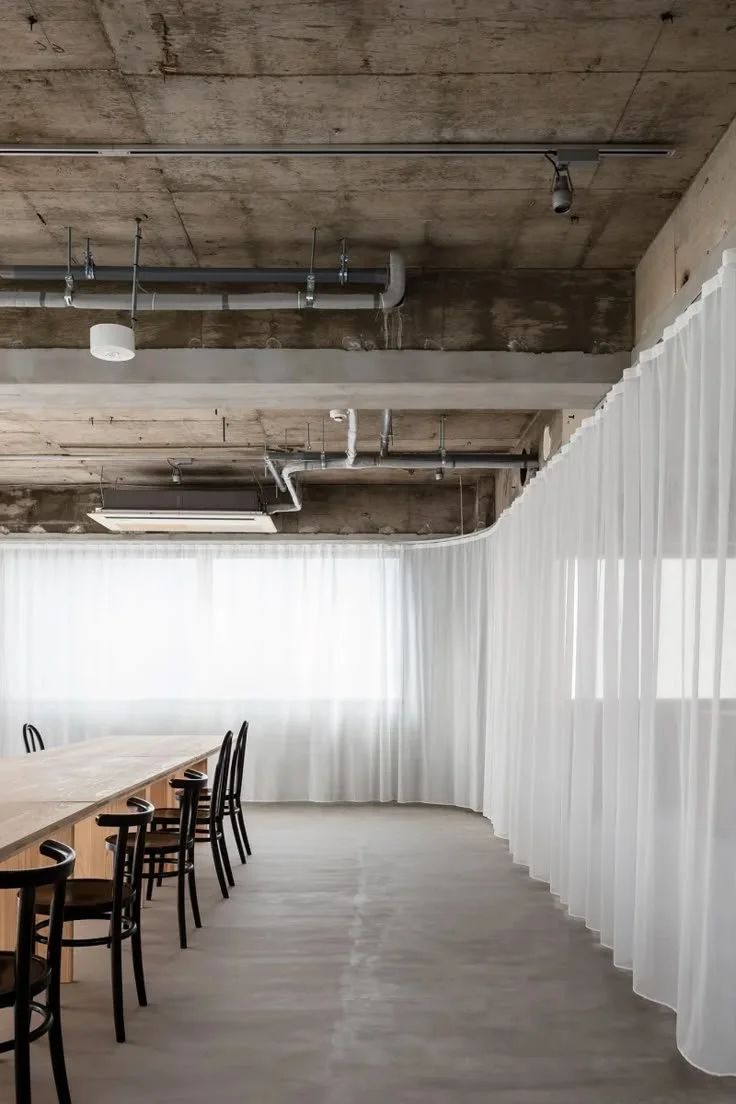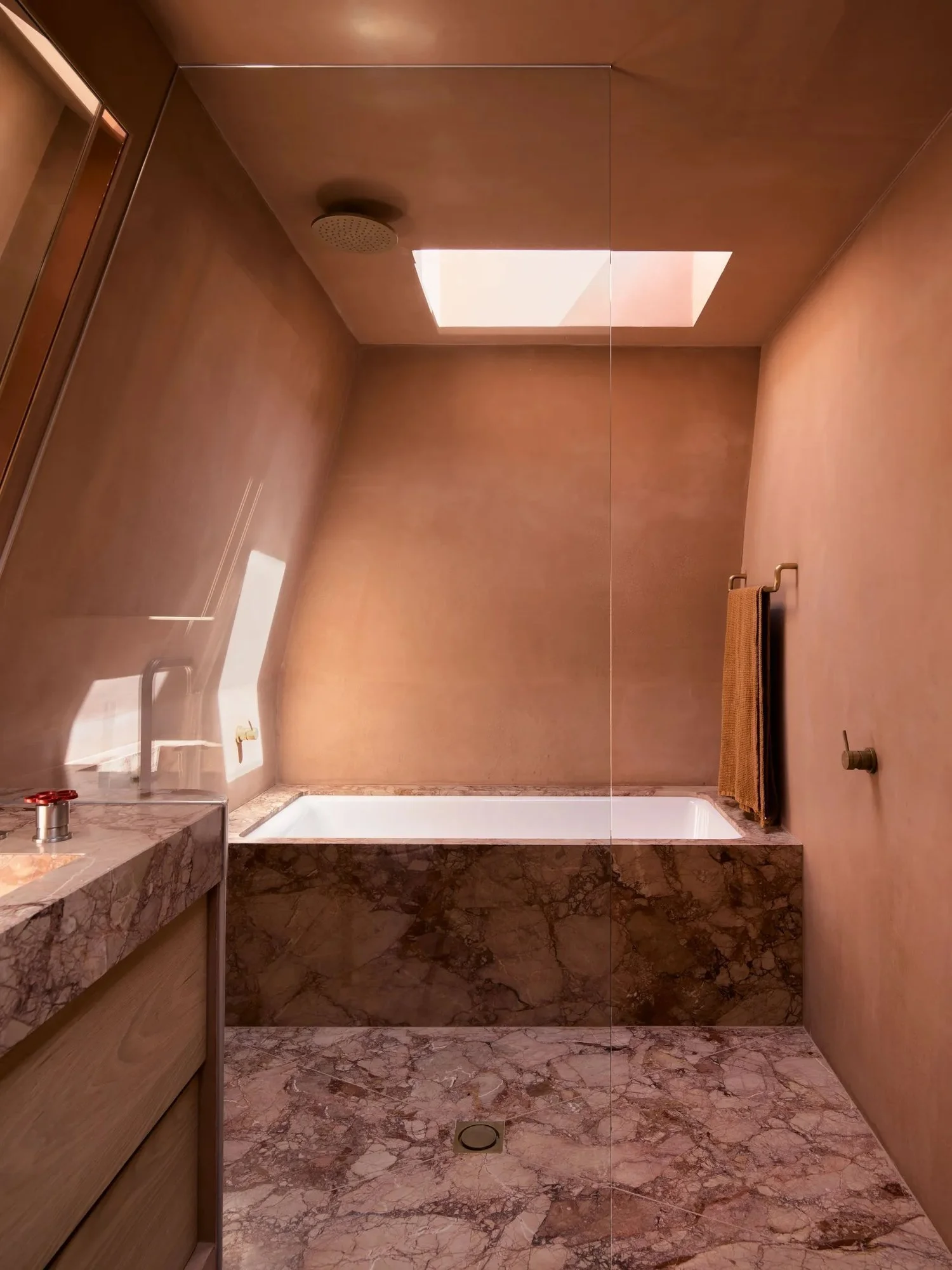Design Styles that Complement Microcement
Why is microcement so popular? Its seamless application, robust durability, and suitability for a wide range of surfaces are just a few of the reasons.
Architectural, practical, and endlessly adaptable; microcement has emerged as a signature finish in contemporary design projects, both residential and commercial. It’s perfect for internal or external floors, walls, and joinery, as well as wet areas like bathrooms and pools.
But the true potential of microcement is unlocked when paired with the right design language. Whether you're curating your dream house or an award-winning retail location, these are five design styles made for microcement.
Learn more about microcement from SEMCO Surfaces US microcement suppliers.
1. Contemporary Coastal
Modern coastal means taking a fresh outlook on beach house design, which is all about natural elements and conveying a relaxed kind of luxury. Microcement fits right in with this look. The minimalist simplicity of a seamless surface says ‘effortless elegance’ while the subtly textured finish provides a perfect complement to coastal materials like stone and timber. The result is a space that feels timeless, connected to nature, and quietly luxurious. As it’s suitable both internally and externally, microcement also has the practicality to complement indoor–outdoor living, which is a key element in seaside floorplans.
2. Industrial
When our engineers developed X-Bond, they were inspired by polished concrete. So it’s no surprise that microcement looks right at home in industrial-inspired spaces. Think exposed brick, steel beams, and concrete textures. Thanks to the visible trowel marks, microcement can soften hard edges to create an inviting atmosphere, but without losing that urban or brutalist feel you might be going for.
Not to mention that microcement is a thinner, more versatile finish than concrete — with a wider color palette, too. We’re seeing it used as a concrete alternative in many projects inspired by industrial functionality, like Equinox Dumbo.
3. Modern Mediterranean
When you think of the Mediterranean, whitewashed walls come to mind — a sort of tactile plaster finish with a rustic vibe. From courtyards to living spaces, microcement can be used to echo this traditional European materiality.
Its soft, dimensional surface works beautifully in a luxe Mediterranean aesthetic, especially one which embraces seamless, organic forms like arched doorways and wall niches.
4. Wabi-Sabi
If you’re unfamiliar with the term, you might be wondering; what is wabi-sabi? This Japanese design principle celebrates imperfection, nature, and simplicity — based on the Zen philosophy that considers these principles as a path to calm, mindful living. This is reflected in a focus on elements like handcrafted materials, items that come from nature, raw textures, and minimal adornment.
Microcement, with its hand-applied finish and subtle tonal variation, aligns with the wabi-sabi design narrative and works especially well with the stone, reclaimed wood, and soft textiles often seen in Japanese-inspired spaces.
5. Eclectic
So far, the design movements on this list are quite unified and cohesive. But the best thing about microcement is that anything goes; because of its incredible versatility, there’s so much freedom.
Eclectic design refers to an intentional mixing of styles, eras, and elements to create unique, personal spaces. Whether you're using statement color clashes, combining vintage pieces with modern touches, or layering bold patterns over soft neutrals, microcement provides a seamless, neutral base that keeps up with anything.
Its ability to span floors, walls, joinery, and even furniture means it can unify wildly different elements without competing for attention. And this flexibility extends to aesthetics too — with a wide range of colors and textures available, it’s perfect for spaces where individuality and wild expression are key.
At its core, microcement is more than just a surface finish — it’s a design tool. Its minimal aesthetic, technical durability, and flexible application open the door to countless interpretations across architectural styles. Whether used to enhance a coastal home, for bold expression in an eclectic space, or satisify your wabi-sabi obsession, microcement adapts without losing its identity. And that’s precisely what makes it such a powerful and enduring choice.













